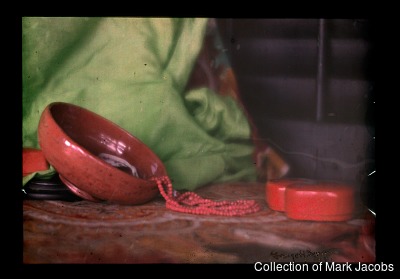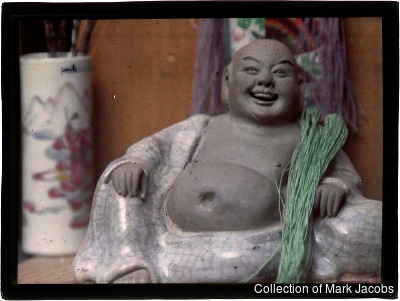
George Henry Seeley
“When the World Turned to Color ” — 20th exhibition of Šechtl & Voseček Museum of Photography.

-
Still-Life.
George Henry Seeley (–)
Autochrome 7 × 5 inches,
Owner of the original autochrome: Collection of Mark Jacobs All rights reserved, use of the digital reproduction is possible only with written permission from the owner of photographGeorge H. Seeley, a member of the American “Photo-Secession” group created by Alfred Stieglitz in 1903, features among the great names in early 20th century pictorialist photography. Seeley’s Autochromes tend to put aside the Symbolist concerns of his black and white work, driving him more towards a concern with balance, composition, and, of course, color. Still life compositions form an important branch of Seeley’s artistic work. His Autochromes are often Impressionistic images with muted lighting and layers of texture and tone. While many photographers sought to include brilliant colors in their Autochromes for dramatic effect, Seeley seemed intent on exploring the subtleties of the Lumière plates. In his later years Seeley abandoned serious photography and turned to painting, concentrating on still life.

-
Buddha Still-Life.
George Henry Seeley (–)
Autochrome 4 ¼ × 3 ¼ inches,
Owner of the original autochrome: Collection of Mark Jacobs All rights reserved, use of the digital reproduction is possible only with written permission from the owner of photographPhotographic historian and curator George Dimock organized the first major museum exhibition of Seeley’s work in 1986. In the catalogue Dimock comments, “His photographs are transpositions of the intimate, familiar, and local into the realm of aestheticism... Seeley raised the art of pictorial transformation to a very high level. His pictures possess authority, integrity, and coherence as superbly crafted artifacts of a passionate idealist and committed aesthete.”